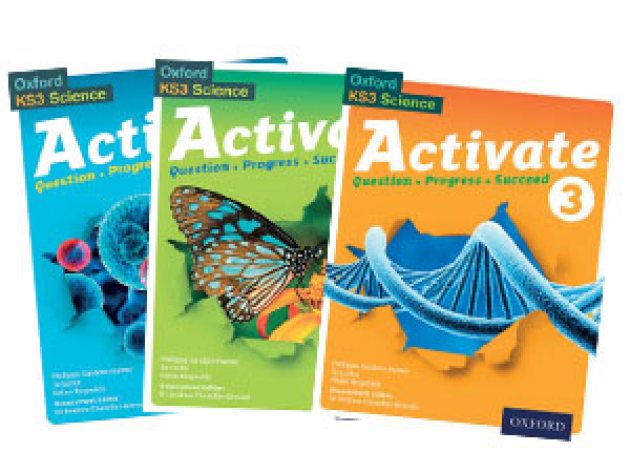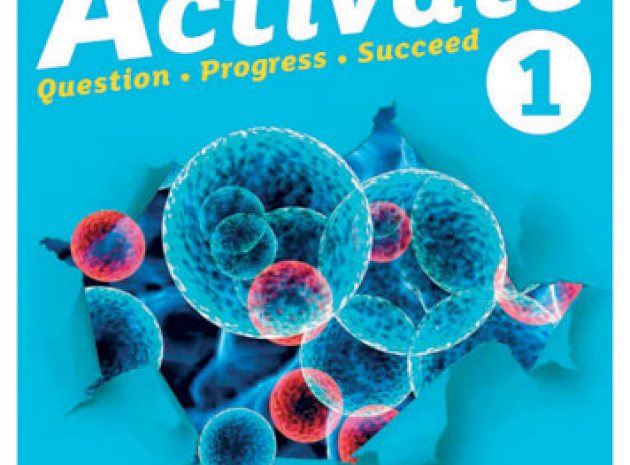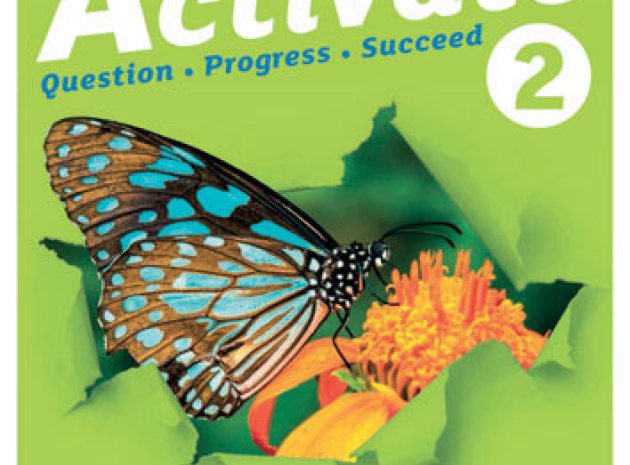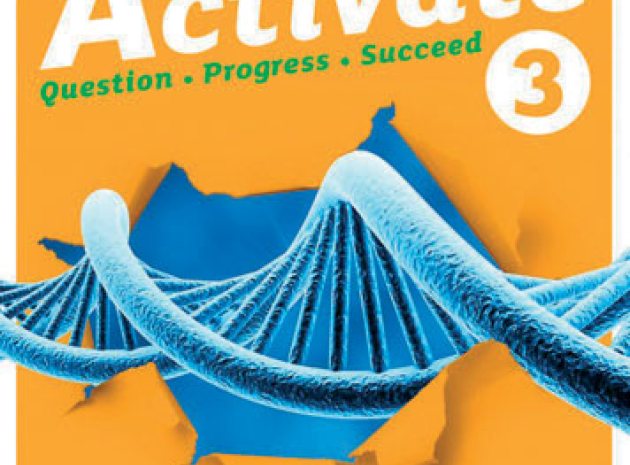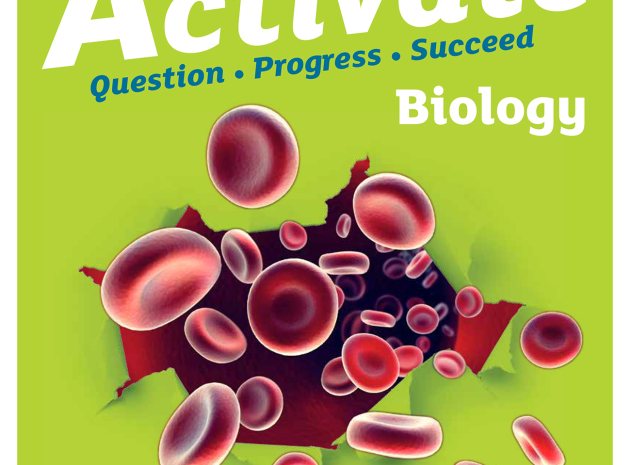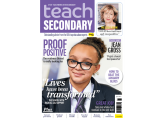September 2014 will see the introduction of the new KS3 curriculum in science – and what an amazing opportunity this is to take ownership of your own teaching.It is far less prescriptive and more flexible, as well as bringing higher expectations in terms of difficulty of content to be covered. Many schools have adapted their teaching and schemes of work ready for the autumn and some have started teaching the new curriculum already. Doing the latter isn’t that easy without quality resources, however, which is why Oxford University Press has been busy behind the scenes producing something rather special. Activate is an extremely competent and professionally built new KS3 resource, written and tailored to the 2014 programme of study. It has been designed to engage students’ interest in science from Year 7 and take them through to GCSE success and it has that ‘no stone left unturned’ reliability factor to it that will fill you with confidence. The series is crammed full of fun facts, activities, quizzes and questions to engage and inspire. You get formative and summative auto-marked assessments, progress tasks and trackers, plus course-work style tasks and exam-style papers. One of the stars of this resource is the Teacher Handbook (£49.99). This has been expertly written and clearly offers magnificent support for the new curriculum. It contains the all-important lesson plans and assessment guidance and it’s obvious you are in safe hands. There is a unit opener, which provides a neat overview of what’s under the microscope; curriculum links; tables providing an overview of the KS4 skills and knowledge covered in the unit; and tables outlining KS2 knowledge that is a must for moving ahead. Effective differentiation is the best way of raising achievement in science, so it is reassuring to see that every suggested lesson plan contains differentiated outcomes, support and extension activities and a good range of activities to suit different types of learners. There is a box for opportunities for integrating APP, answers to student book activities, and two-pronged checkpoint lessons as suggested follow-ups after students have completed an automarked assessment in order to determine next steps in learning. The student books (£14.99) are tip-top. They contain learning objectives, key words, links, maths and literacy skills, Working Scientifically questions, and fascinating facts. Each unit begins with an opener and lists things already learnt. You will find big questions, picture puzzles, making connections and an excellent summary section with end of chapter questions and a thought-provoking big write/maths challenge/case study for students to complete. The books are well designed with quality illustrations and photographs – they will be well used as a source of inspiration, revision and challenge. Surely one of the best features of this impressive package is the online resources you will find using the next generation Kerboodle, which contains blended digital teaching material with plenty to explore. Price? Very reasonable; you get a year’s worth of content for £150 – and across the three years from 7-9 you’ll find at least 30 animations, nine videos, 210 lessons, 160 auto-marked assessments, 50 paper-based assessments, 210 practical activity worksheets, 210 starter and plenary interactive activities and 30 WebQuest activities ideal for homework, research and building literacy skills. Teacher notes are there to hand too. The great thing is that most of this is customisable so you can really personalise it by editing and adding your own resources. Online versions of the excellent student books are also available. The functionality of the whole site is A1 and an absolute joy to use. Another very impressive feature is the Markbook, which is where you can record of all the work you send to students, as well as see submitted work, give marks, and run three types of reports – diagnostic, group and student. Have you finished salivating yet? There’s more. The data in reports can be exported for loading into another system or printed for records or a parents’ meeting. This is like assessment heaven. Are you lost without levels? I know I am. Happily, you can use Activate with or without them; the Activate assessment model provides a banding system for the new curriculum mapped to levels and grades so you can choose the best option for your school. The bands are ‘developing’, ‘secure’ and ‘extending’, and link to levels and Blooms Taxonomy. It’s as good a model as anything I’ve seen and will do the job perfectly well – it’s quite simple and very helpful. One of the key changes to the new curriculum is that How Science Works has been replaced by the tougher Working Scientifically. Students will need to ask scientific questions; form hypotheses using scientific knowledge and understanding; make predictions; identify independent, dependent and control variables; suggest possible improvements to scientific method; evaluate data showing awareness of potential sources of random and systematic error; use and derive simple equations, and pay attention to objectivity. This may sound like a tall order but it’s all well within the grasp of your students – and with the back-up and support of these excellent resources then working scientifically will surely become second nature.
- Browse by subject
- Maths & Science
- English & MFL
- Humanities
- The Arts
- I.C.T
- Outdoor Learning


